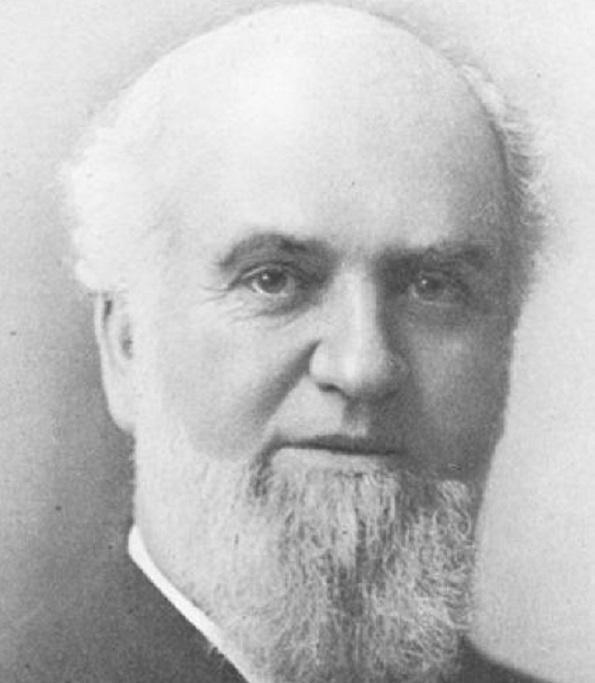Lewis Miller: The Inventor and Philanthropist Who Transformed Farming and Education
Lewis Miller was born on July 24, 1829, in Greentown, Ohio, into a family that valued hard work, innovation, and education. From humble beginnings in a log cabin on his father’s farm, Miller would go on to become an influential inventor, successful businessman, and generous philanthropist.
Miller’s early life was shaped by the enterprising spirit of the time. In 1849, he joined an expedition to Plainfield, Illinois, alongside members of the prominent Dillman family from Green Township. The purpose of this journey was to establish a business focused on building improved reapers. It was during this time that Miller began his lifelong pursuit of inventing better farm machinery.
Over the course of his career, Miller amassed an impressive 92 patents, either as the sole inventor or a co-inventor. However, his most significant invention was the Buckeye Mower and Reaper. This groundbreaking machine revolutionized farming by featuring a floating cutting bar in front of the driver, providing increased safety and versatility. The Buckeye Mower quickly gained popularity and propelled Miller’s business, Aultman, Miller & Company, to rapid success.
As his wealth grew, Miller turned his attention to philanthropy, particularly within the Methodist Episcopal Church. He developed the innovative Akron Plan, which called for a central assembly hall surrounded by small classrooms in Sunday school buildings. This design, created in collaboration with Methodist minister John Heyl Vincent and architect Jacob Snyder, facilitated a more effective and engaging learning experience for students.
Miller’s dedication to education extended beyond the walls of the church. In 1874, he and Vincent founded the Chautauqua Institution on the shores of Chautauqua Lake, New York. This institution sought to improve the training of Sunday school teachers for the Uniform Lesson Plan, a curriculum Miller and Vincent had developed together.
Although his impact on farming and education was immense, Miller’s life was not without hardship. His mother, Mary Elizabeth York, died just months after his birth. He was raised by his aunt, Elizabeth Buchtel, who was married to George York, a neighboring farmer. The Buchtel family played a significant role in Miller’s upbringing and would go on to become prominent members of the Green Township community.
Lewis Miller’s legacy is one of innovation, perseverance, and generosity. His inventions, particularly the Buckeye Mower, revolutionized the agricultural industry, while his contributions to education and the Methodist Episcopal Church left an indelible mark on countless lives. Miller passed away on February 17, 1899, from kidney disease, but his spirit of invention and philanthropy lives on.
Today, his achievements are celebrated through various accolades, including his 2006 induction into the National Inventor’s Hall of Fame. As a testament to his impact on both farming and education, the Chautauqua Institution continues to thrive, serving as a reminder of Miller’s dedication to the betterment of society.
References:










